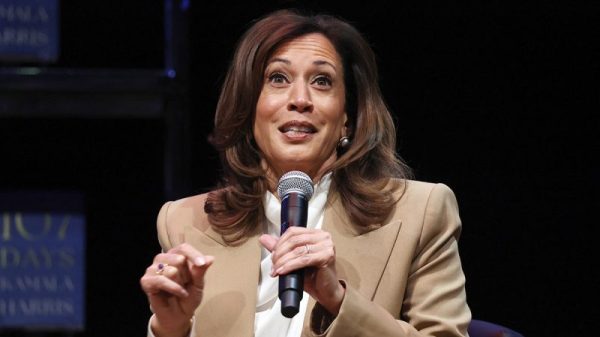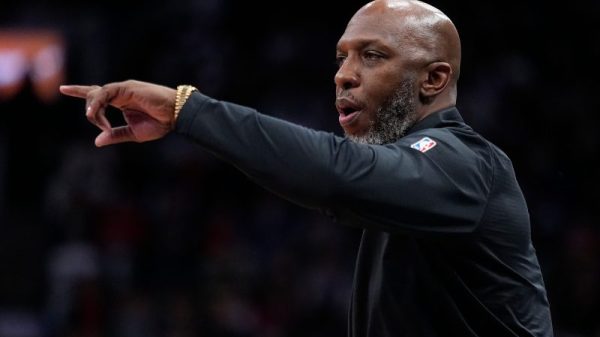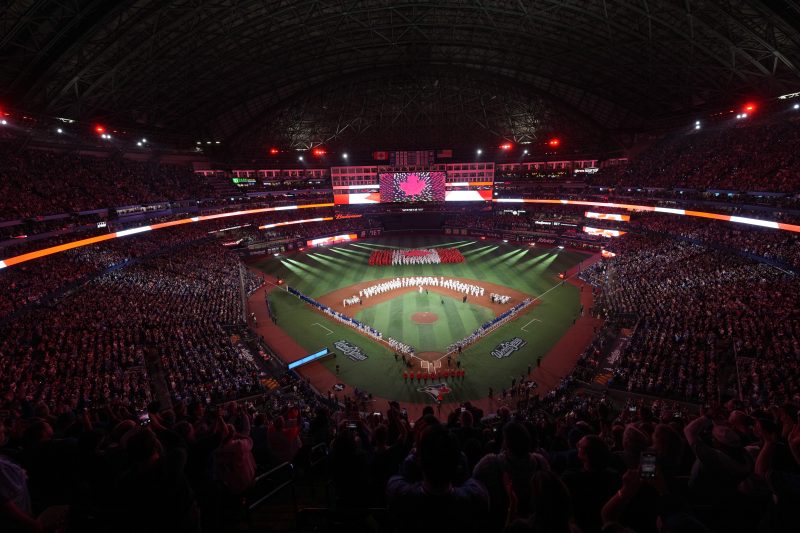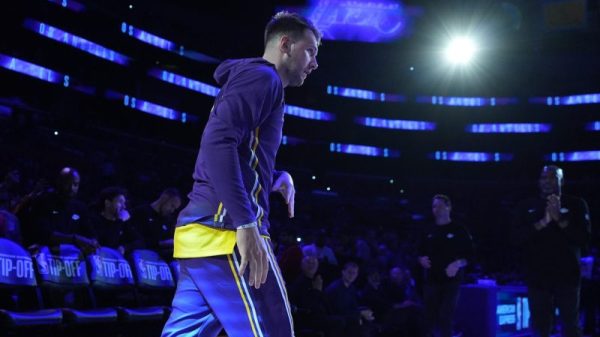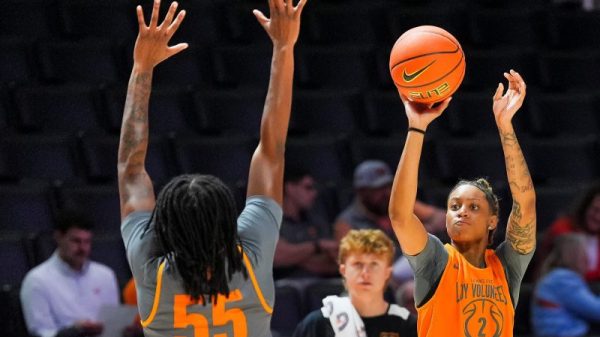USA TODAY Sports has live World Series coverage from Dodgers vs. Blue Jays Game 6
TORONTO – This has been a World Series like no other in baseball history – especially from the always nebulous perspective of TV ratings and global reach.
One of the game’s top two iconic franchises, loaded with international superstars, battling Canada’s only Major League Baseball club has produced audience metrics that range from pleasantly surprising to universally bountiful.
For Major League Baseball, this Los Angeles Dodgers-Toronto Blue Jays matchup has been a global smash, what with historic performances from the incomparable Shohei Ohtani and Yoshinobu Yamamoto to the presence of the Blue Jays, who have captivated Toronto and all of Canada like never before.
Game 1 averaged 32.6 million viewers across the USA, Canada and Japan, most since Game 7 of the 2016 World Series. And its combined Game 1-2 audience of 19.8 million in the USA and Canada was up 24% from last season, also the highest since that historic 2016 Cubs-Cleveland battle.
For Fox Sports, the presence of a Canadian team was always going to make this World Series an uphill climb. Yet the prevailing conditions – from Ohtani’s presence to an 18-inning epic that captivated casual viewers, to a Series lasting at least six games – have been an undeniable boon.
Fox appears to have weathered the punishment that comes with one participant coming from a Canadian market, robbing it of massive numbers from a stateside city fired up for its home team. Through Game 4, the network averaged a 5.4 rating and 12.4 million viewers per game, down from 2024’s Yankees-Dodgers bicoastal jackpot that produced a 7.3 number, but up 15% from 2023’s Arizona-Texas ratings nadir.
And the growth from Game 2 (5.2 rating, 11.4 million viewers on a Saturday night) to Game 4 (7.2/14.5 million on a Tuesday) and Game 5 (14.6 million) suggests both the rapidly-evolving Series narrative combined with a football-free evening have spiked interest.
In Canada, Sportsnet – which has rights to all World Series – has broken viewership records throughout the Blue Jays’ postseason run, peaking at 7.7 million viewers for Game 1, a mark that almost certainly will be broken as the Blue Jays aim to clinch their first title since 1993 this weekend.
And the combined Game 5 audience in the USA and Canada across all Fox and Sportsnet platforms reached 22 million, most since 2019 Game 7.
‘I mean, the numbers this World Series is doing not only in Canada, but everywhere, is unbelievable,’ says Blue Jays infielder Bo Bichette before Game 6. ‘I even had to kind of take a step back and be like, dang, this is pretty cool.’
For decades, the Blue Jays have been toxic for American networks during the regular season. They have not appeared on ESPN’s Sunday Night Baseball since 1999, for the same reasons that Yankees-Red Sox annually appear the maximum number of times: It’s tough for ESPN or Fox to pull a ratings number during the regular season without significant domestic eyeballs from one of the teams’ markets.
But the World Series is a different animal. John Kosner, president of his eponymous sports media advising, investing and consulting company, says the best comp for this World Series is not the Dodgers-Yankees dream matchup that preceded it, nor the 2023 Rangers-Diamondbacks five-game battle that, predictably, was the worst-rated Series of all time.
Instead, he cites the 2019 NBA Finals between the Golden State Warriors and Toronto Raptors that featured a polarizing defending champion led by a global superstar battling a Canadian squad with a well-known personality himself.
ABC survived the Canadian hit: The Finals averaged 15.4 million viewers, including 18.3 million in the decisive Game 6. That crushed the decisive Game 4 a year earlier, when the Curry-LeBron James closeout game drew 16.2 million viewers.
Fast-forward six years, and the circumstances are eerily similar.
“You’ve got the defending champion superteam, No. 2 market, No. 1 payroll Dodgers,” says Kosner. “You have Shohei Ohtani instead of Steph Curry. And you’re playing a terrific Toronto team that beat the Yankees, that has Vlad Guerrero Jr.
“It’s always been the conventional wisdom that you want two U.S. markets, preferably two big U.S. markets. My point of view is, it really matters more the teams that can capture people’s attention. There was a lot of interest in Kawhi Leonard and Toronto in 2019. There’s a lot of interest in the Toronto Blue Jays and how they dispatched the New York Yankees and Seattle Mariners.”
Of course, all these numbers come amid the shifting backdrop of how ratings are formulated and viewers counted. In 2020, Nielsen began including out-of-home measurements in ratings, such as watch parties, bars and other communal viewing situations. In 2024, they expanded that metric beyond the top 44 markets, to include smaller, NFL-centric markets like Green Bay, Buffalo and New Orleans.
And in September, it integrated its “big data plus panel” measurement for live programming into its ratings, incorporating data from of homes with smart TVs and streaming devices, in an effort to create a more accurate rendering of actual viewership.
The counting metrics have provided a near-term boost to ratings – NFL and college football numbers have skyrocketed – and, since the 2020 out-of-home counting revolution, have stanched some of the ratings bleed borne of cable TV cord-cutting and the rise of streaming.
But beyond the spinnable boosts, the measures do provide at least a partially more accurate look at actual viewership in this atomized audience era.
Now a Game 6, for the first time since 2022. That matchup – featuring a large and thirsty Phillies fanbase and the increasingly reviled Astros – pulled a 6.1 rating and 12.5 million estimated viewers for Fox.
There’s a decent chance this truly international affair might outpoint it – even with one market essentially tied behind its back. That it is trouncing 2023’s Diamondbacks-Rangers matchup – matching the Nos. 4-8 Nielsen markets, not exactly Mayberry vs. Stars Hollow – speaks to the fact that the who is almost as important as the where.
“You had two US markets, but many people weren’t familiar with either team,” says Kosner.
“In this case, you’ve got a pretty big marquee.”




